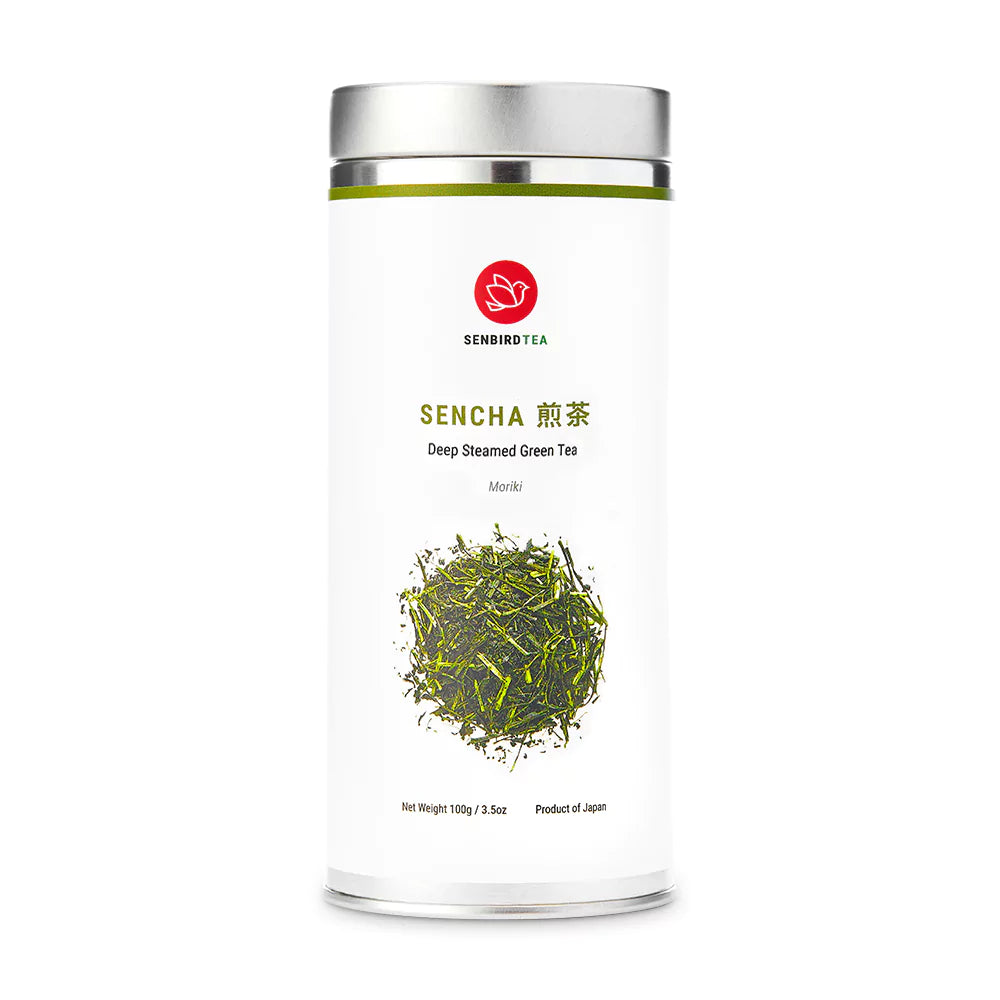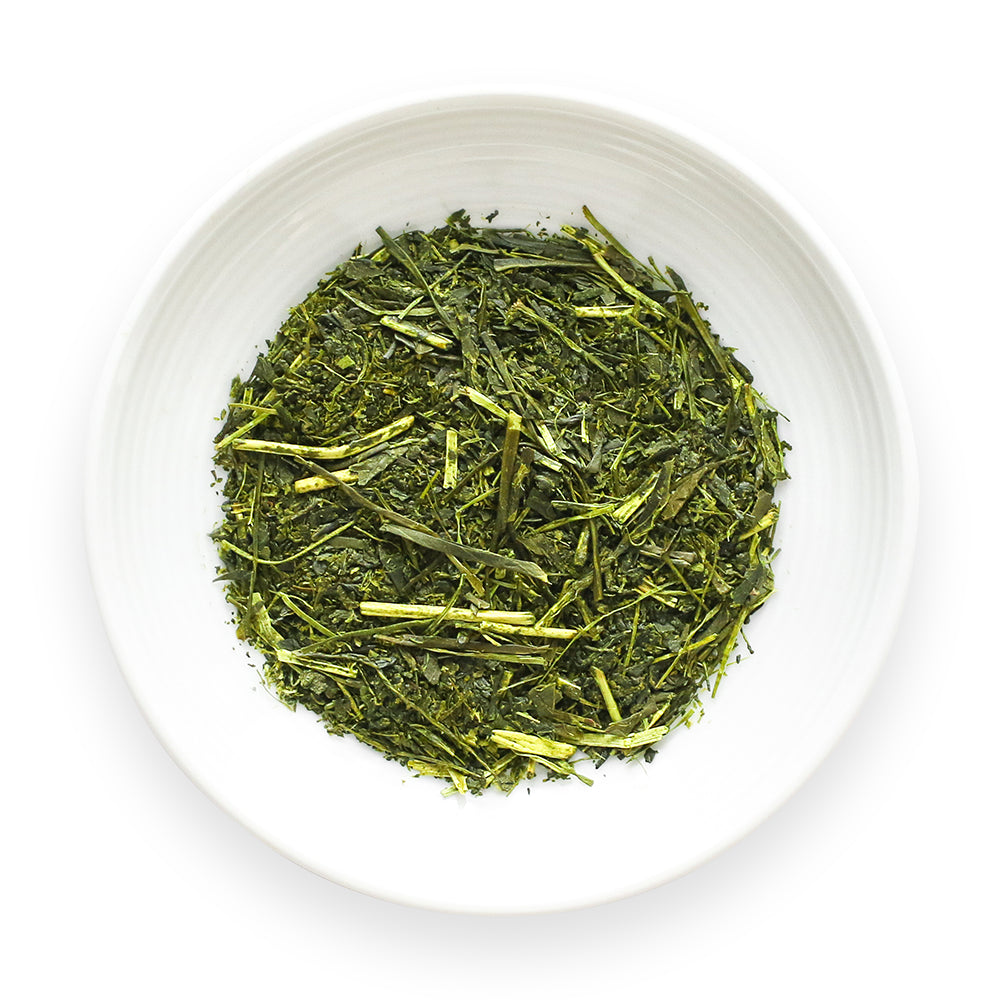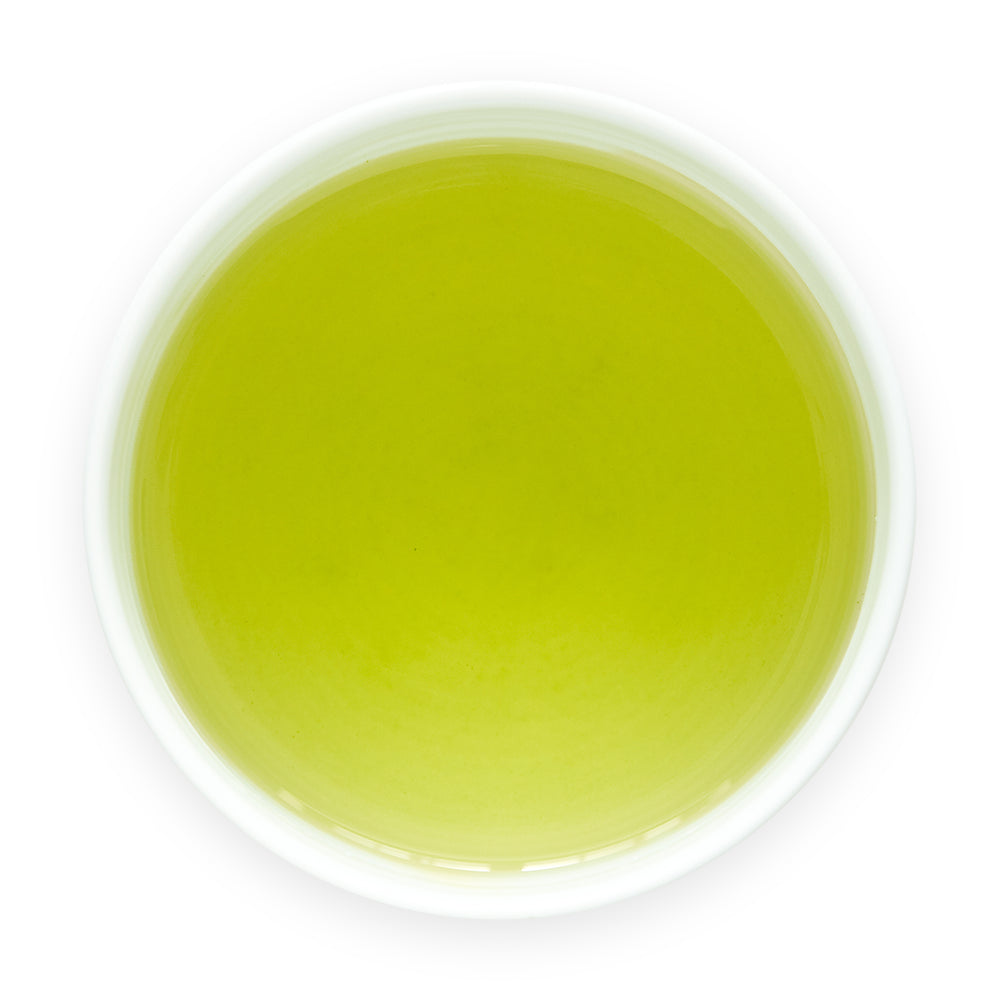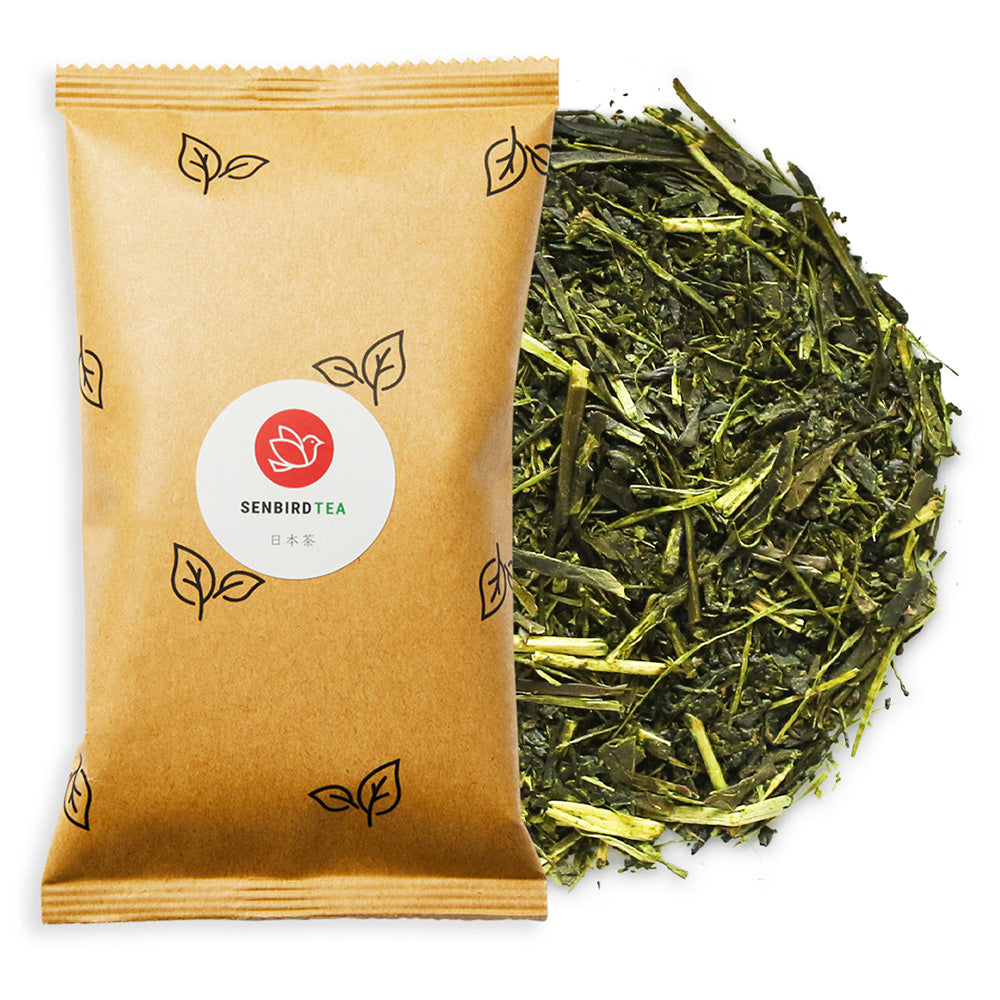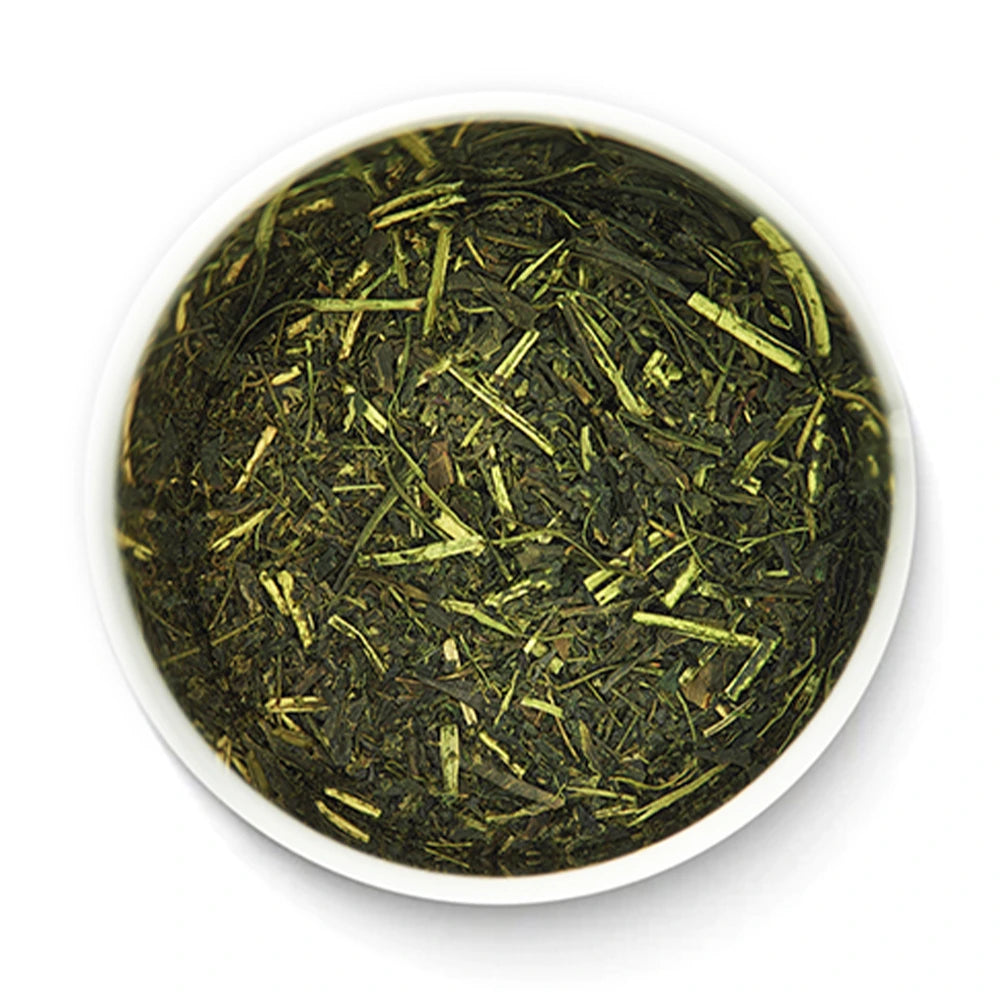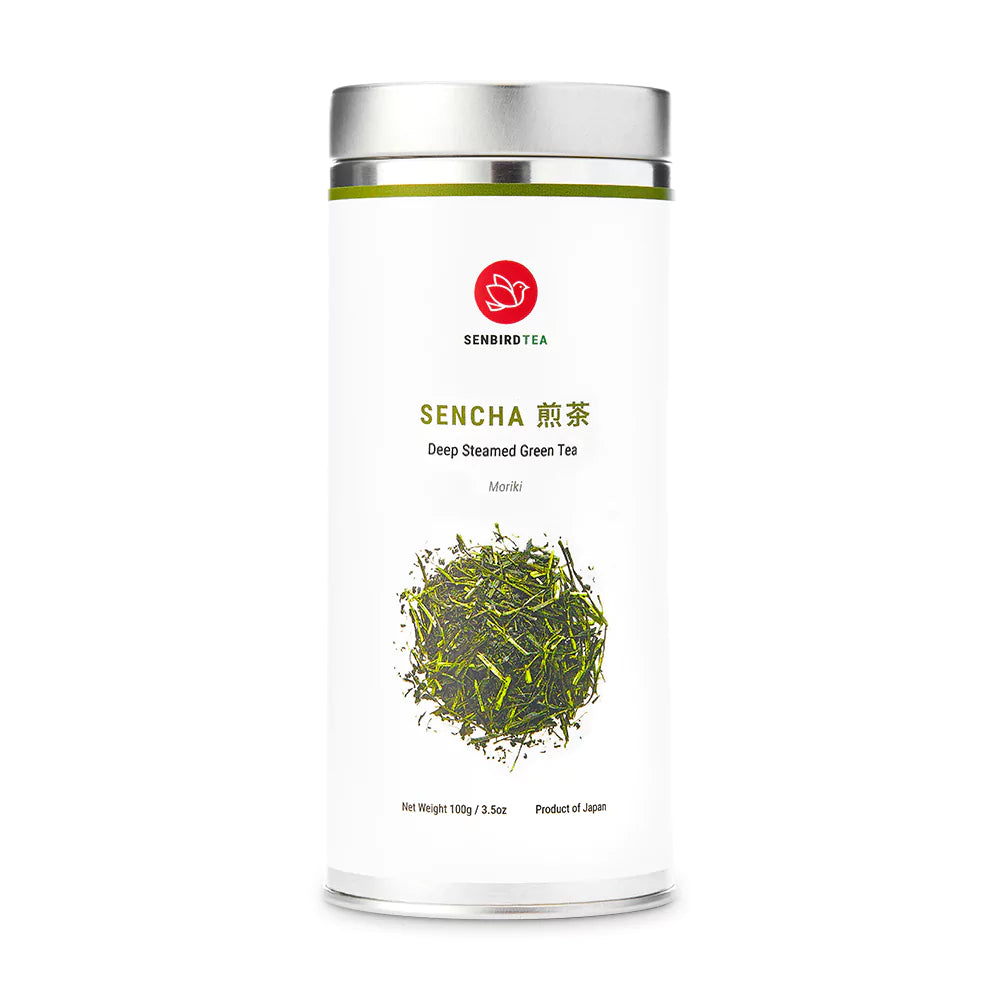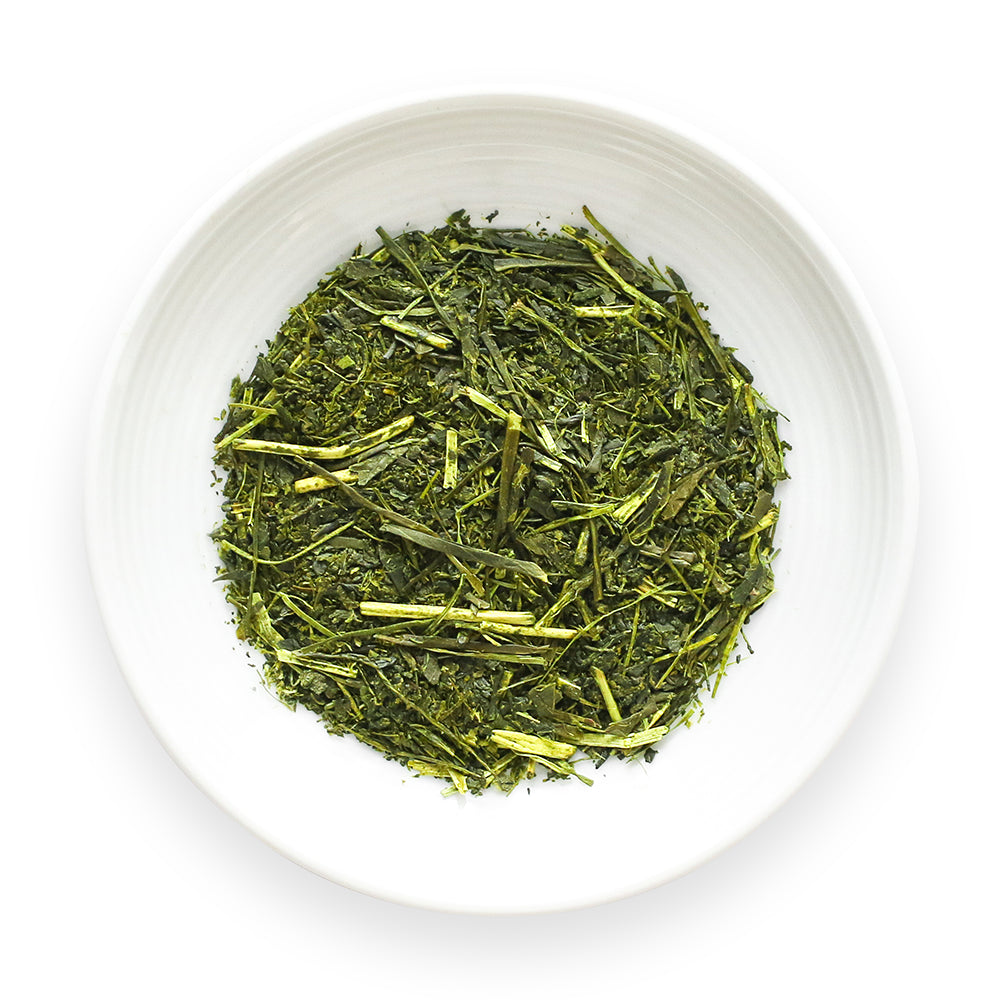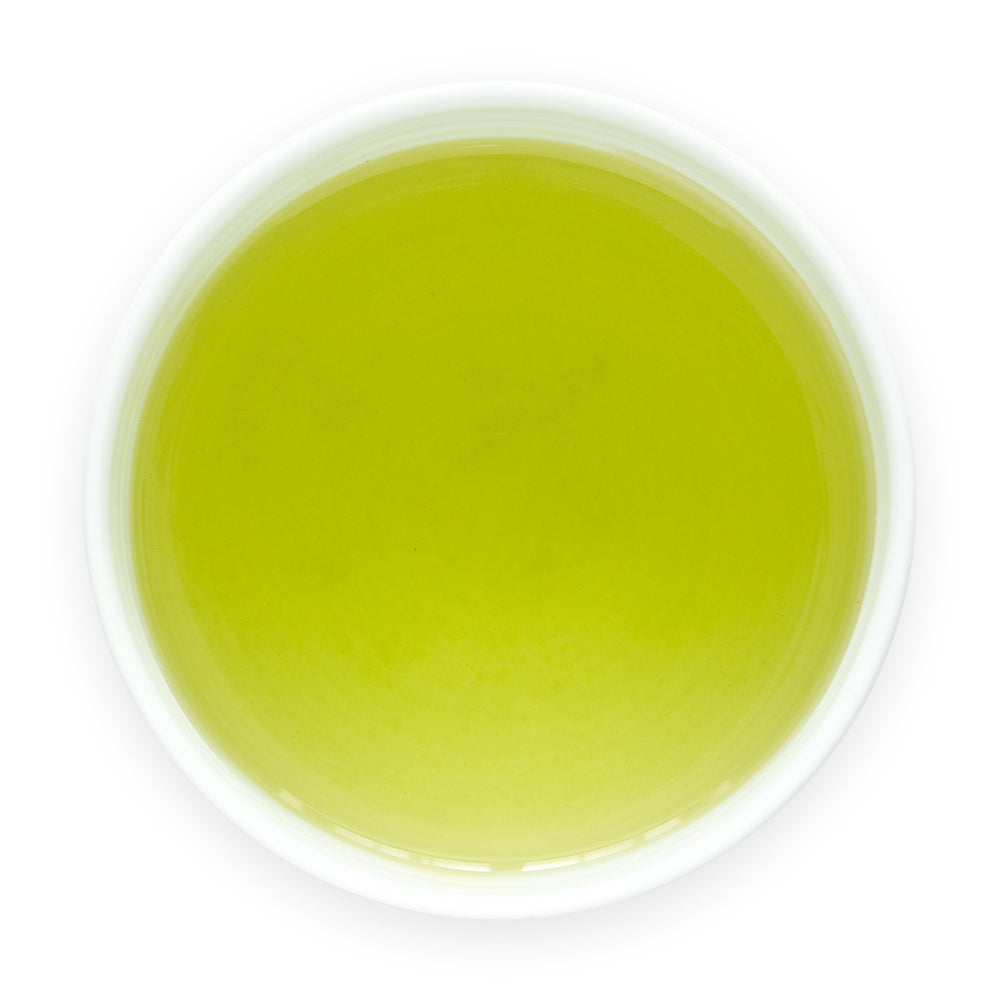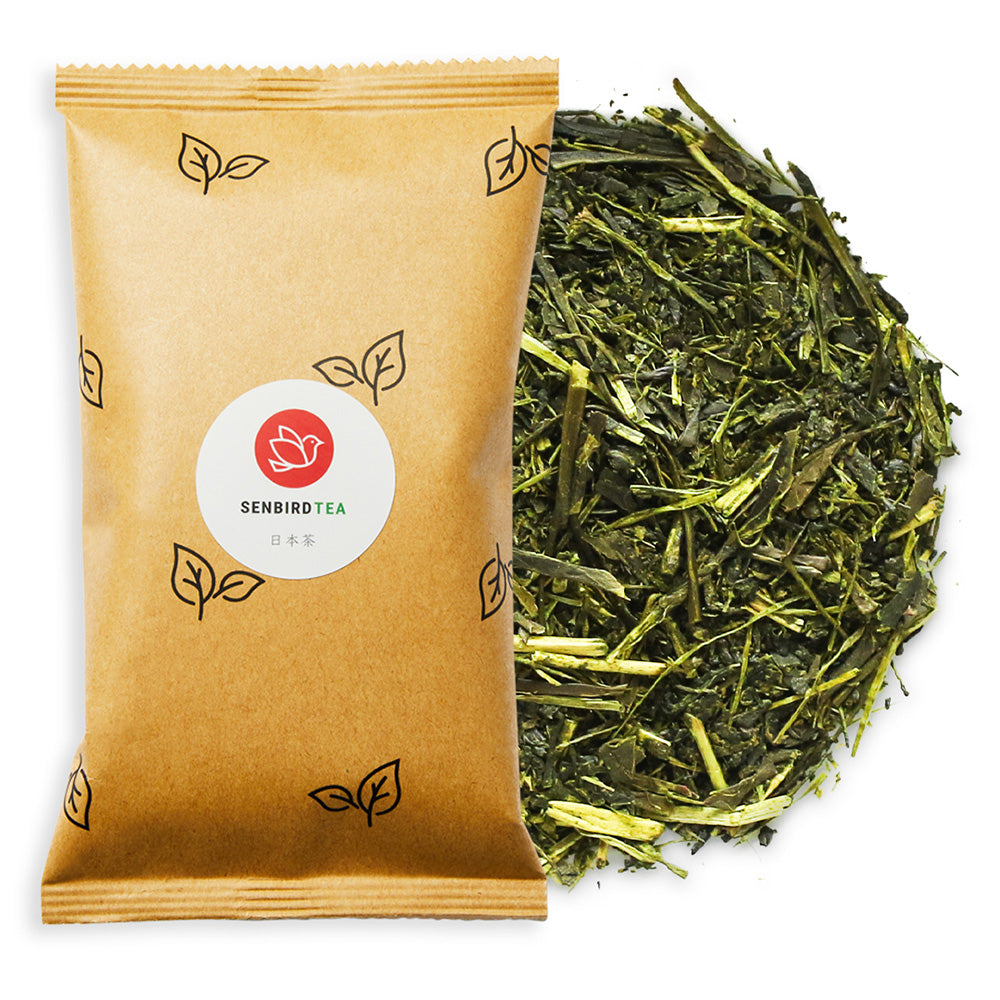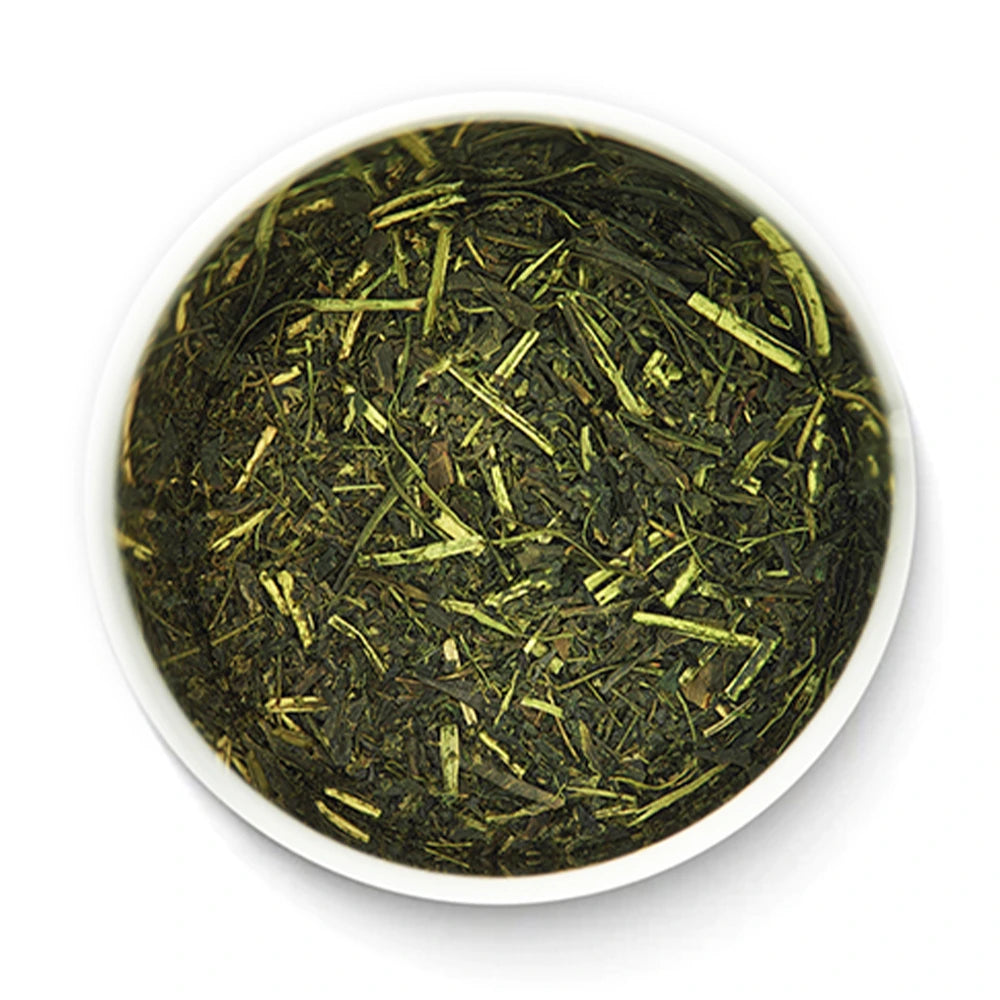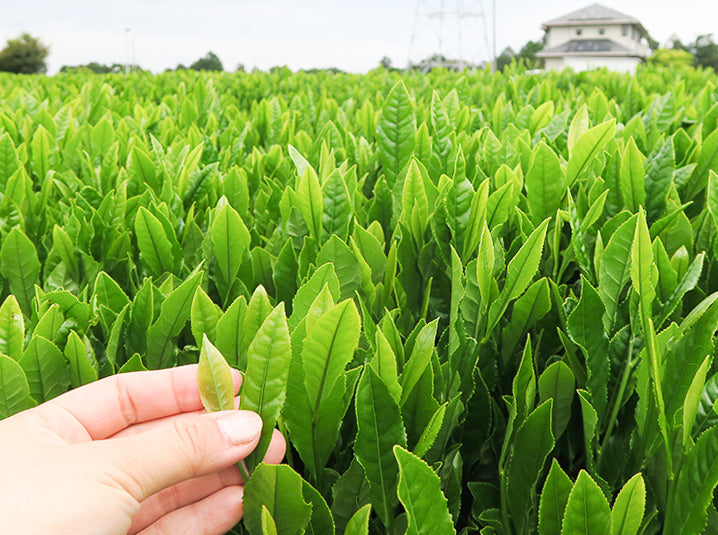
Shizuoka Green Tea: The Best Green Tea in Japan
The traditions surrounding the growth and production of Japanese green tea go back hundreds of years. But, Shizuoka green tea is especially exquisite. Shizuoka, an area responsible for about 40% of all of Japan’s green tea production. Our main source of vendors.
What could Shizuoka’s secret be to producing such flavorful and aromatic tea?
It involves the infamous Mt. Fuji, all the nutrients found in the soil and water that surrounds it. Also, the dedication of Shizuoka’s tea farmers. Committed as we are here at Senbird to providing only the highest quality green tea, many of our teas come from Shizuoka for exactly this reason.

Mt. Fuji acts as a natural source of minerals for the soil
Mt. Fuji is an active, but dormant, volcano. The soil surrounding the base of Mt. Fuji and the area around it is rich with minerals. This is key in successfully growing healthy, nutrient-rich green tea. In fact, volcanic soil is fresher than the normal topsoil found in other parts of the country. (Mt. Fuji last erupted in December of 1707)
On top of that, rivers filled with fresh, clear water surround the numerous tea farms throughout Shizuoka, the constant flow providing the area with mineral-rich sediments and a clean source of hydration for the green tea shrubs.

Shizuoka's climate and topography are perfect for growing green tea
Rich soil and clean water are not the only contributing factors, however. Shizuoka also has a fairly diverse climate and topography. Tea farms have a limited window in which they can grow and harvest their green tea—usually from mid-April through October—but there are smaller segments of harvest for each tea within that time frame.
During shincha, the first harvest of the year, is the only time we can harvest our Our Gyokuro and Sencha green tea. The weather is mild, some might even say cool during this time. Providing the perfect environment for these shade grown teas to be harvested.

It's not just where the green tea is grown, but how it is grown
In addition to the location in which the tea is grown, the way they are grown and harvested has a role to play as well. In Shizuoka, the family-owned tea farms handpick their green tea crops, ensuring that only the best tea leaves are sent to be processed. And, depending on how those leaves are processed, you will be able to taste Fukamushicha, Shizuoka’s signature style of deep steamed green tea—like our Fukamushi Sencha Moriki green tea.
But there are also some Shizuoka green teas that are roasted in addition to the steaming processing, like Hōjicha. This additional step makes the tea low in caffeine and gives it a distinct, toasty flavor. Between the location and the care of dedicated farmers that grow and process green tea, it is easy to see why such tasty tea comes out of Shizuoka.
All green tea from Japan is delicious, but if you ever have the chance to try some Shizuoka green tea, you may find you have a new favorite tea waiting for you.
🍵 Drinking our tea? Snap a pic and tag us on Instagram at @senbirdtea or #senbirdtea. We’d love to see your moment with tea!
If you want to read more articles on tea culture and travel check them out here:
- Shizuoka's Secret: The Best Green Tea in Japan
- 3 Traditional Japanese Tea Houses To Visit in Kyoto
- The Origin of the Name "Tea"
- Where Tea Originated: A Brief History of Tea in China, Japan and the West
- The Best Gift Guide for Japanese Tea Lovers
- Ultimate Guide to Japanese Green Tea
Share your moment with us and stay connected on:






